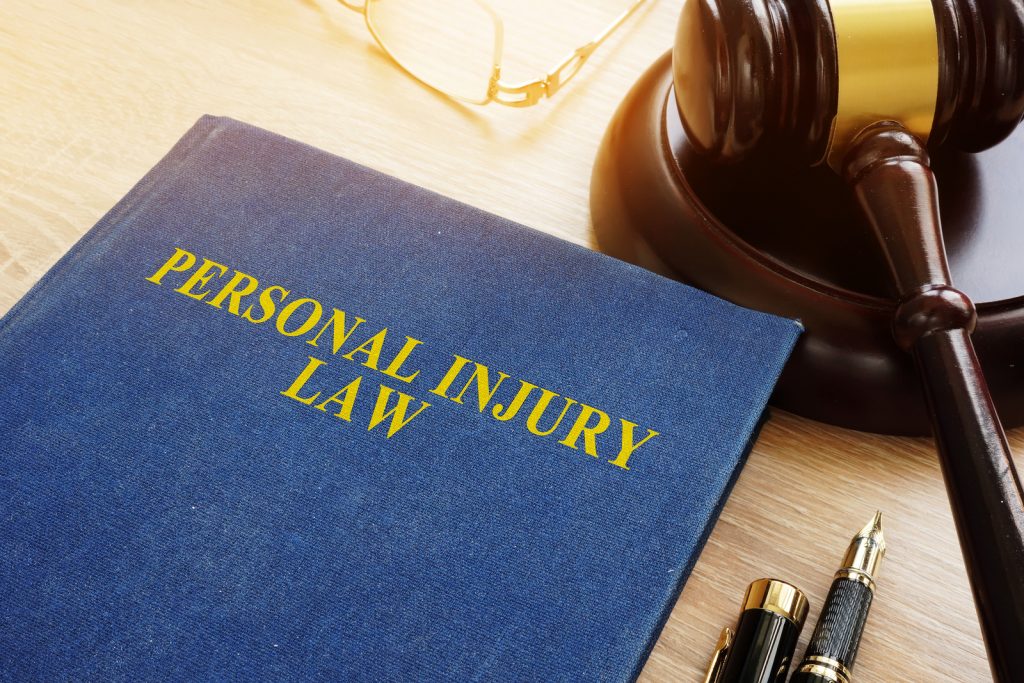When you purchase a product there is a relationship formed between you and the product and like in any good relationship the foundation is trust. You trust that the product will function safely as described by the label. If there is a danger, you trust that it will be clearly labeled. But this trust is broken thousands of times every year, leading to injuries for the person who purchased the product or even their family members.
When you are injured by a dangerous product, it only makes sense that the reasonable party (or parties) be held accountable. After all, it was their product that injured you. Claims of this nature are called product liability claims, and they work differently in every state. We’ll take a look at how product liability cases are handled in North Carolina and how blame is determined below.
How Do You File a Product Liability Claim?
Filing a product liability claim can be rather complicated and time-consuming. Especially if you aren’t sure of how they are handled. For example, quite a few states have what is called “strict liability,” where you argue that a defective product caused your injuries and hold the other party accountable for those injuries, but North Carolina does not allow claims of this type to be filed.


The North Carolina Product Liability Act states that “there shall be no strict liability in tort in product liability actions.” But while strict liability is not an option in North Carolina, these are:
- Negligence: A product liability claim that takes negligence as its basis argues that somebody within the manufacturing chain of the product was negligent in such a manner as to have made the product defective and therein caused your injury.
- Breach of Warranty:If during the course of the warranty period the product became defective and this caused an injury then the warranty was breached and you can hold somebody responsible for those injuries.
A product liability claim is most commonly filed by the individual who purchased the item in question. However, others are able to file a product liability claim on behalf of the purchaser. A product liability claim could be filed alone but proving blame in one of these cases can be rather difficult, so it is best handled with an experienced attorney at your side.
A claim must be filed within three years of the date of the injury. The main defects which are open for a product liability claim are:
- Design defects
- Manufacturing defects
- Marketing defects
- Failure to warn of potential hazards
- Breach of warranty
How is Blame Proven in a Product Liability Case?
In order to win a product liability case, you must be able to show that you were injured by the product. This is a two-fold matter as you must be able to prove that you were injured, first and foremost, and that the product was the reason for the injury.
Proving an injury is fairly easy, as medical records can show when you visited a doctor. Proving that a defect in the product caused the injury is much harder.


Depending on the type of defect that you are arguing caused your injury, a product liability case could be brought against a party in the manufacturing chain of the product or the retailer. Different parties will be able to use different defenses to argue that they aren’t responsible for your injuries or that you have acted in a manner that eliminates their responsibility in the matter.
If you can show the court that a defect in the product caused your injury and that the negligence of the manufacturer or seller was to blame then you can win the case. Let’s look at some of the defenses or actions which could prevent you from winning your case.
What Could Prevent You from Winning a Product Liability Case?
There are a number of defenses that are used against a product liability case. These include:
- Alterations: Alterations were made to the product that were not pursuant to manufacturer instructions and so neither the manufacturer nor the seller could be responsible for the injuries they caused.
- Defied Instructions: The injuries were caused by the buyer using the product in a way that was contrary to the instructions.
- Sealed Container: The container was sealed and so there was no way for the product to be checked prior to the sale.
- No Chance to Warn: There was no chance for the seller or the manufacturer to warn the buyer about a potential danger.
- No Safer Alternative: If the design is up for question, a line of defense is to show that there was no safer alternative design for the product.
- Obvious Risk: The risk of injury was so clear that it would be obvious to anyone except the most careless. You’d be hard-pressed to win a case for cutting yourself with a knife since the risk is abundantly clear.
- No Injury: This line of defense shows that there wasn’t actually an injury and so there is no case. Alternatively, a similar line of defense is to prove that the plaintiff’s injury was caused by something other than the product in question.
What Should I Do if I Think I Have a Valid Product Liability Claim in North Carolina?
North Carolina’s product liability laws can be incredibly frustrating to sort through if you aren’t familiar with them. Once you’ve made it through to determine if you have a case, the legal battle can be incredibly tough.


If you’re looking to follow through with your product liability claim, you will want an experienced attorney on your side. Here at the Law Office of Laura S. Jenkins, we know what it takes to stand up to negligent manufacturers, and we’re always ready to help the injured to get the compensation they deserve.
Give us a call at (919) 241-5002 to see how we can help you with your product liability claim.




